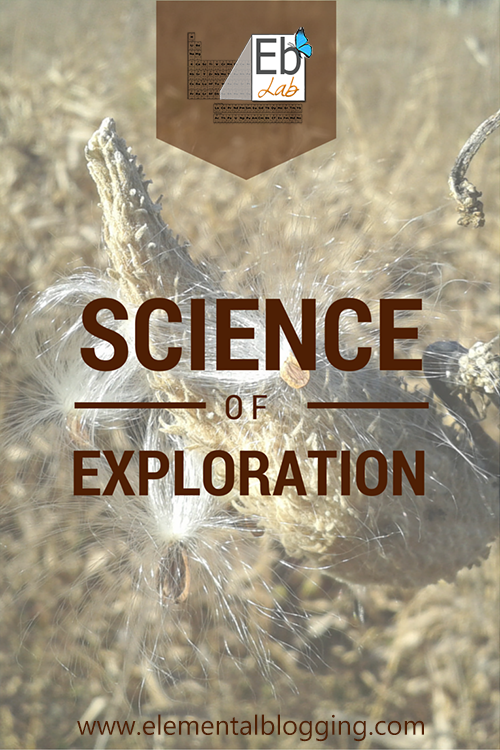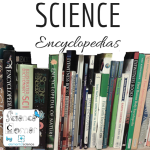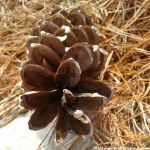 Every child loves to create things and mine are no exception. I’m always amazed at the different things they create.
Every child loves to create things and mine are no exception. I’m always amazed at the different things they create.
If I’m honest, sometimes I get frustrated by all the mess (I know that I’m not the only one who feels this way!), but I have to remind myself that they are learning. You see, exploration is the purest form of learning, especially for learning science.
I can tell my daughter that she needs to have at least three sides to make a strong building and that a roof helps to give that building more strength. She might even listen to me, but chance are eventually she will forget.
However, when she sits down and tries to put together a building on her own, she learns through trial and error what gives her creation the strength it needs to stand. She internalizes this information and the next time she tries to build a house, she’ll remember what she has learned and apply it to her latest project.
So how do we as parents encourage exploration as a form of learning?
1. Provide them the materials
I keep a box of school stuff, such as masking tape, paper, card-stock, paper clips, rubber bands, pencils, and so on. My daughter knows that she can take things from this box without asking at any time and I won’t be upset (unless she doesn’t clean up).
I also entertain all requests for other materials she needs. For example, when she asked to borrow my plastic bowl and several chopsticks. I asked what she wanted them for; she said for a project on bridges. So I said that it was fine, knowing that I probably wouldn’t get my chopsticks back. That day she build a bridge for her Littlest Pet Shop animals to go across. She learned which way to place to chopsticks so that they would hold the weight of her animals as they crossed.
She learned firsthand about the principles of physics and bridge building, so for me, it was worth losing a few chopsticks.
2. Fill their minds with ideas
We regularly watch Mythbusters which has been fodder for many an exploration idea!
We use a science program that encourages experimentation and exploration.
We also read a lot of books because living books are great sources for inspiration. For example, the book Castle Diary inspired my daughter to build her own castle out of construction paper and masking tape. A book on minerals inspired her to grow her own crystals and the list goes on and on.
The point is to provide an environment in which they can be inspired to explore the topics more.
3. Explore things yourself
When your child asks, mom how does this work? Don’t be afraid to say I don’t know, let’s try to figure it out.
When you sit down with your child to figure out how something works, it sends a clear message to them that you think it’s worth the time to figure it out. This can only build their interest in exploration.
It’s so valuable to give our children the opportunity to stretch their imagination and to try out their ideas through exploration. After all many of the great scientists discovered their love of the science through exploring the things around them.






Join the Community!